Disodium EDTA, 1.5%, Buy TriStains Solutions for Histology, Cytology, Microbiology, Hematology & Biology Lab from TriStains. All Tristains products are exclusively distributed by Dawn Scientific Inc
Disodium EDTA appears as a white crystalline powder with excellent solubility in water. Its molecular configuration enables it to effectively bind with metal ions, resulting in the formation of stable complexes. This characteristic is essential for its utilization in staining and microbiological applications. The 1.5% solution of disodium EDTA, also known as ethylenediaminetetraacetic acid disodium salt, is frequently employed in various staining and microbiological procedures.
TriStains provides a marketplace for histology and biological stains, which is comprehensive enough to encompass the peculiar requirements of laboratories specializing in Histology, Cytology, Microbiology, and Hematology. With a reputation for exceeding quality expectations, TriStains performance is outstanding which allows for resolution of cell and tissue components fundamental to life sciences to be clearly visualized. Each product under TriStains series is validated for accuracy, reliability and consistency. TriStains, which manufactures and markets stains and indicators in various packing, offers laboratories turn key solutions for all their staining and indicator needs, improving accuracy in every experiment.
Application :
- Disodium EDTA 1.5% is often used in histological staining procedures as a counterstain. It helps to neutralize the staining of certain structures or tissues, allowing for clearer visualization of specific components under a microscope.
- In staining procedures where metal ions can interfere with the desired staining reactions, it is used as a chelating agent to sequester these ions, preventing interference and ensuring accurate staining results.
- It is utilized as a preservative in microbiology to maintain the integrity of samples by chelating metal ions that may catalyze degradation reactions or promote microbial growth.
Benefits :
- Contributes to the accuracy and reproducibility of staining procedures
- Versatile, stable and easily available
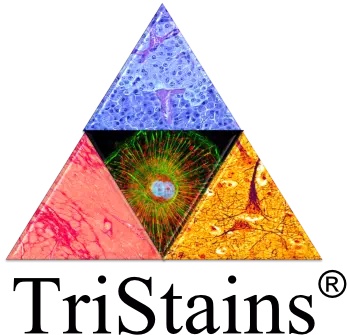
![TSL11777 Disodium EDTA 1.5% 30mL[1] TSL11777 Disodium EDTA 1.5% 30mL](https://tristains.com/wp-content/uploads/2023/10/TSL11777-Disodium-EDTA-1.5-30mL1.webp)
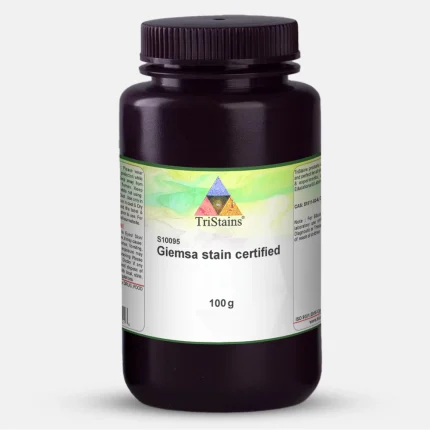
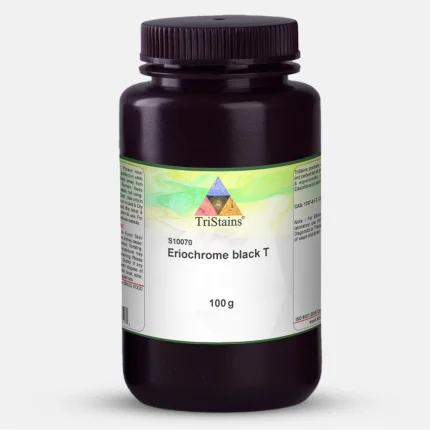
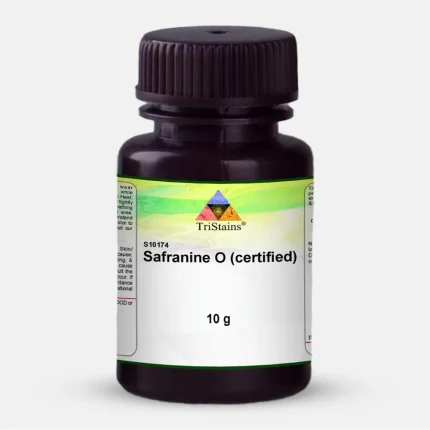
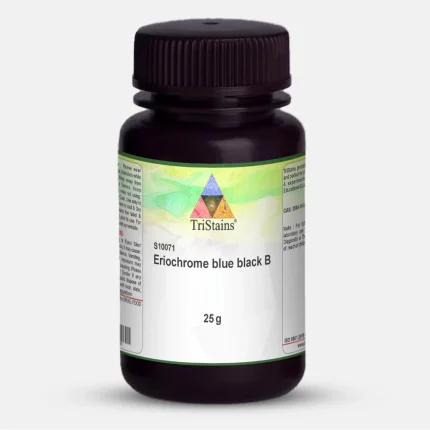
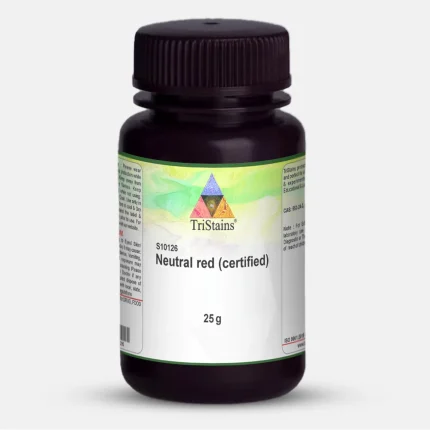









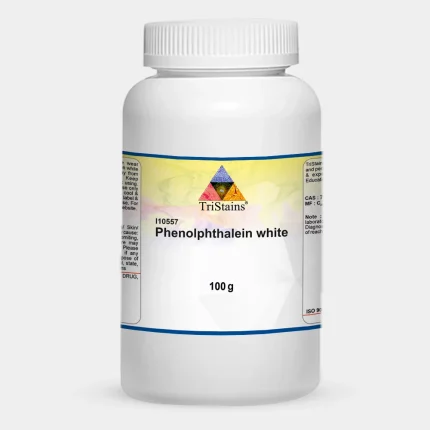
Reviews
There are no reviews yet.